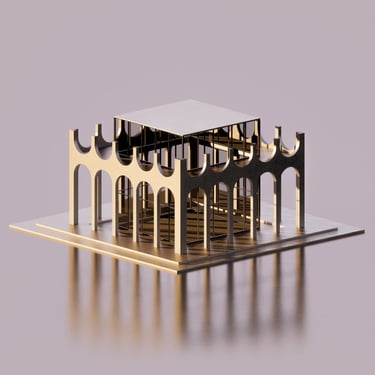5 Vital Elements for Customizing Your Walls Like a PRO
Explore all of different type of elements that you can add to Walls in Revit
Based on our previous newsletter, we all agree about Wall being a System Family, right? While we can’t create or delete the Wall family itself, we do have the flexibility to modify it and add loadable families to tailor it for various needs and projects. This time we’ll dive into 5 key architectural components that are essential to understand how to create and incorporate them into a wall in Revit.
1. Moulding
Moulding serves both decorative and functional purposes in architecture. It enhances the aesthetics of a space by providing beautiful transitions between different surfaces, such as coving and skirting.
Coving
Coving refers to the graceful, curved transition between the wall and ceiling. Not only does it provide a smoother visual flow, but it also helps to conceal imperfections. Available in materials like plaster, gypsum, polystyrene, and wood, coving can suit both modern and traditional interiors.
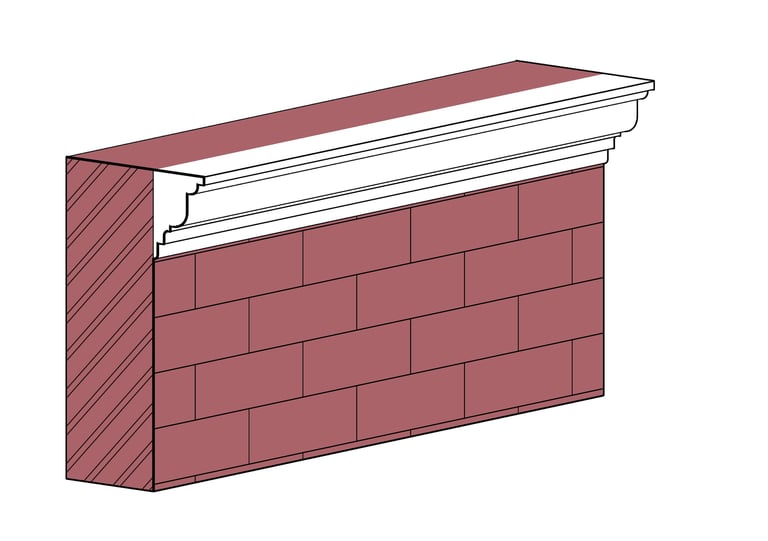

Skirting
Skirting, or baseboard, runs along the bottom edge of a wall where it meets the floor. This trim protects walls from damage and gives a polished finish. Skirting boards can be made from wood, MDF, or PVC and come in an array of styles to fit your interior design preferences.
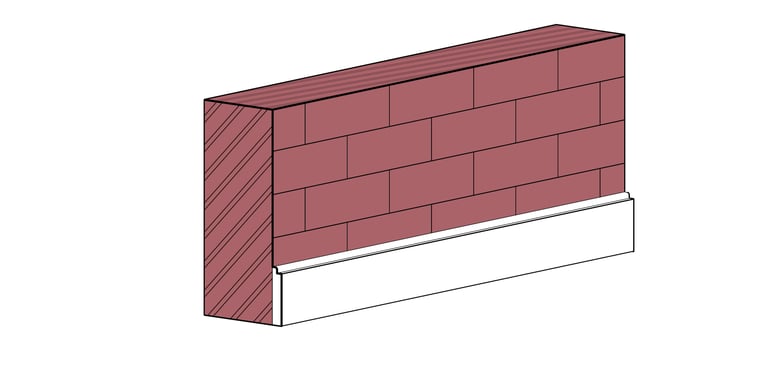

In the video below, you’ll discover how to create a general or decorative profile family for any type of moulding, as well as how to make them parametric.
2. Indirect Lighting
Indirect lighting is all about creating a soft, diffused glow in your space. By directing light towards surfaces (like walls or ceilings), we can minimize harsh shadows and create a warm, inviting atmosphere.
Using coving and skirting boards, you can easily incorporate indirect lighting. For instance, LED strip lights hidden in coving can produce a lovely halo effect, while skirting boards can house uplights to illuminate the walls and gently brighten the floor area.
3. Siding Wall
Siding is a protective and decorative layer applied to a building's exterior. It safeguards against weather elements while enhancing the home’s aesthetic appeal. From wood and vinyl to fiber cement and brick, siding options are as varied as personal preferences.
Modern siding choices come in numerous colors and styles, allowing homeowners to personalize their properties while ensuring durability and low-maintenance care. Consider your siding choice carefully, as it can greatly influence your building’s curb appeal and resale value.
In the video below, I’ll take you through the detailed process of creating siding for exterior walls and show you how to install it on any wall type! You’ll gain a clear understanding of how everything works, empowering you to get creative and customize it just the way you want.
4. Reveal
Reveals are an elegant alternative to traditional moulding. These set-back features create shadow lines or indentations, effectively adding visual depth and interest to your walls. Whether you’re looking to craft geometric designs, functional shelving, or lighting recesses, reveals offer endless possibilities for creative expression.
By incorporating reveals into your wall design, you can achieve a sophisticated, modern look that transforms ordinary spaces into extraordinary focal points.



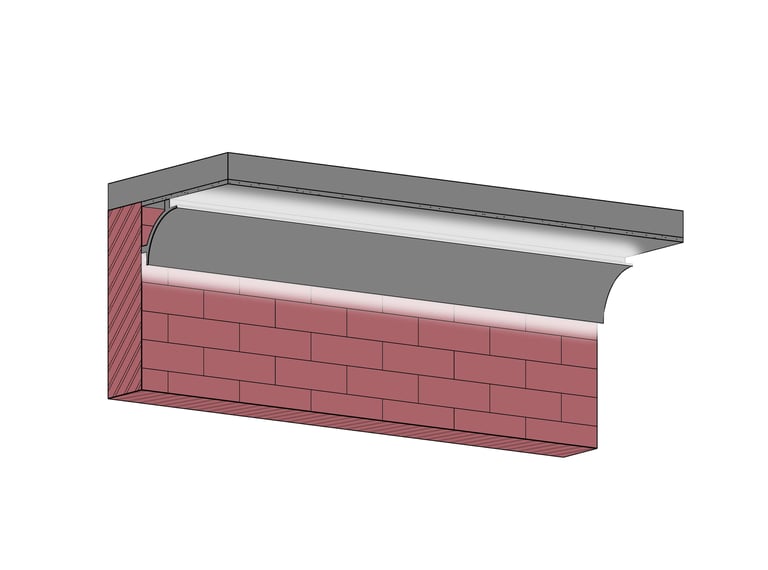

Catch our video tutorial where I walk you through the entire process of creating an indirect lighting family and how to easily install it on your walls for a stunning presentation.
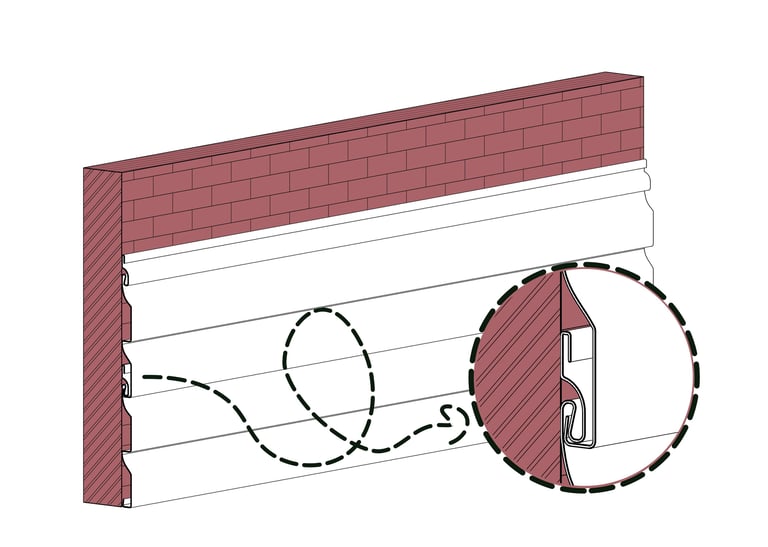

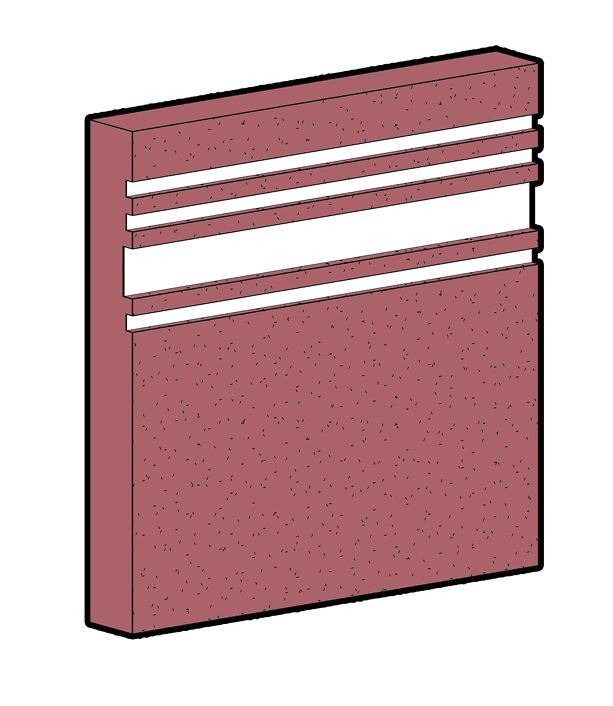

Creating reveals on walls may seem a bit challenging at first, but this video will show you just how easy it can be! You'll learn how to create reveals in various shapes to enhance your walls. Plus, you can use this technique to incorporate other features, like handrails or railings.

5. Coping
Coping stones, or capstones, serve as the crowning finish for walls. They protect structures from water damage and add a stylish touch. Made from materials such as concrete, stone, brick, or metal, coping stones come in various shapes and designs to match any architectural style. Additionally, they can help create safe edges, reducing accident risks, and they’re often used in landscaping to define spaces.
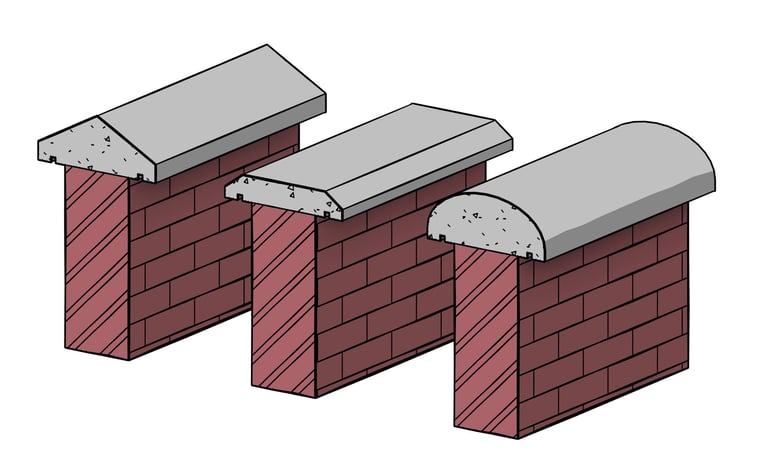

In the following video, you'll find a complete explanation of this component, including the process of creating its family and incorporating it into your walls.


